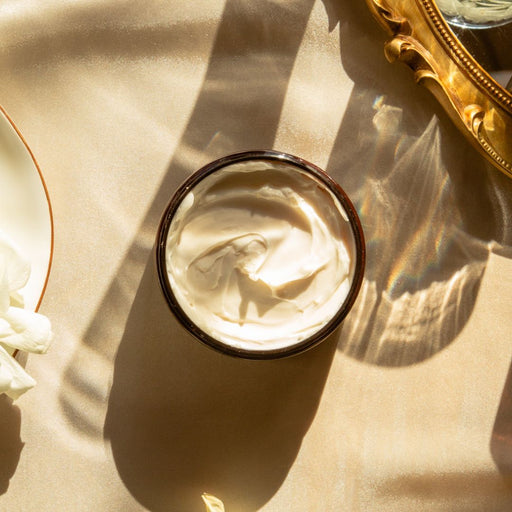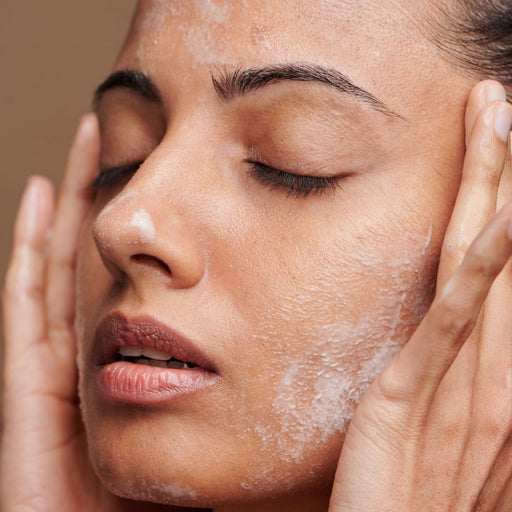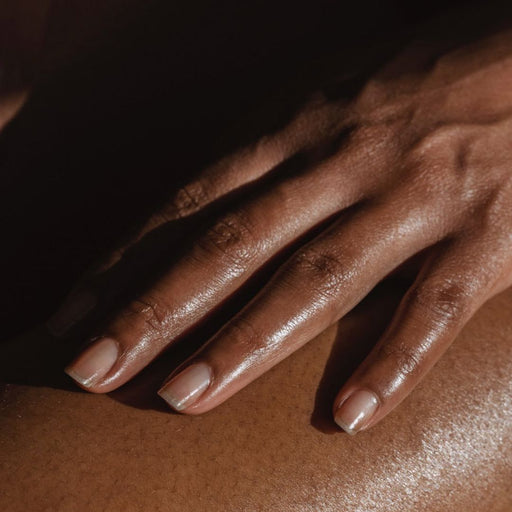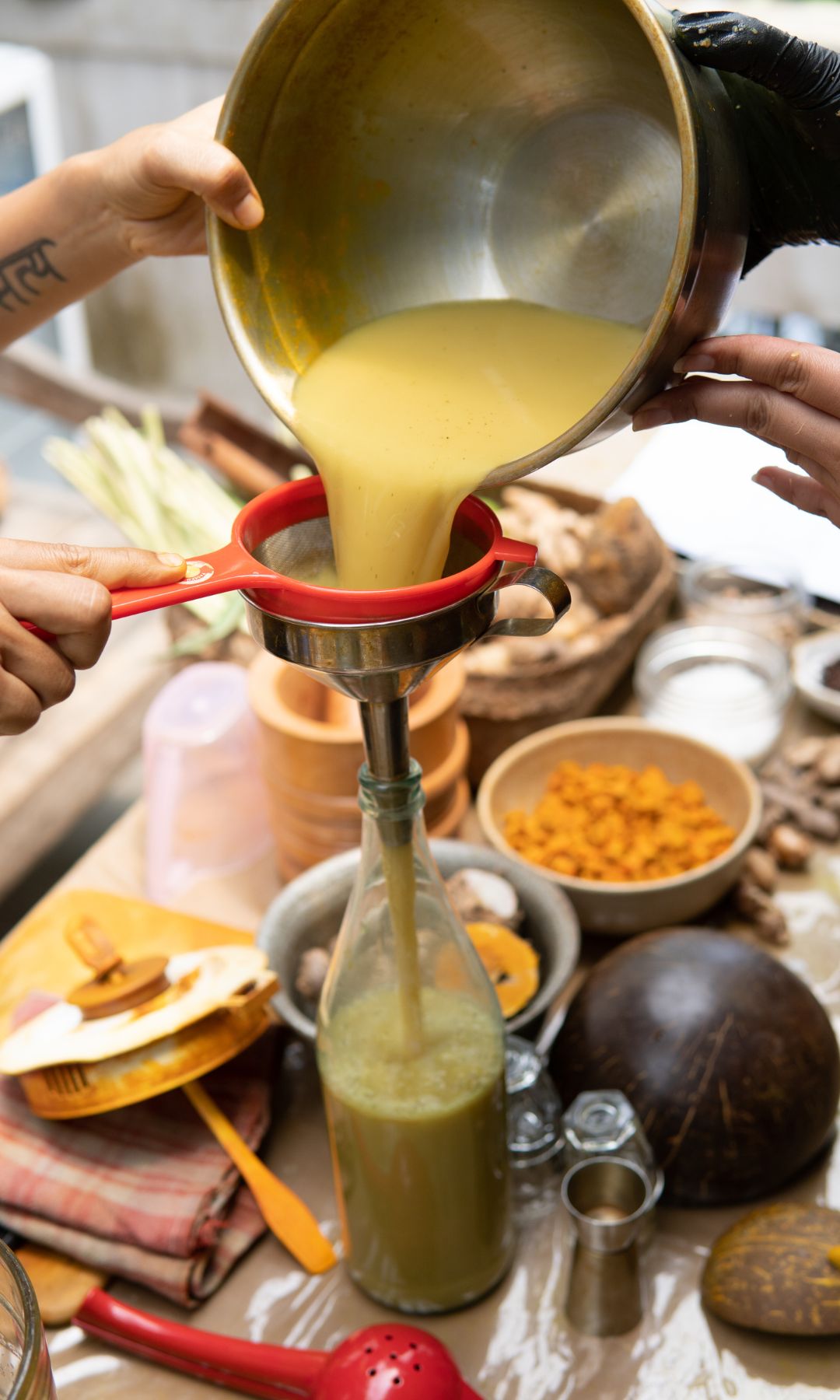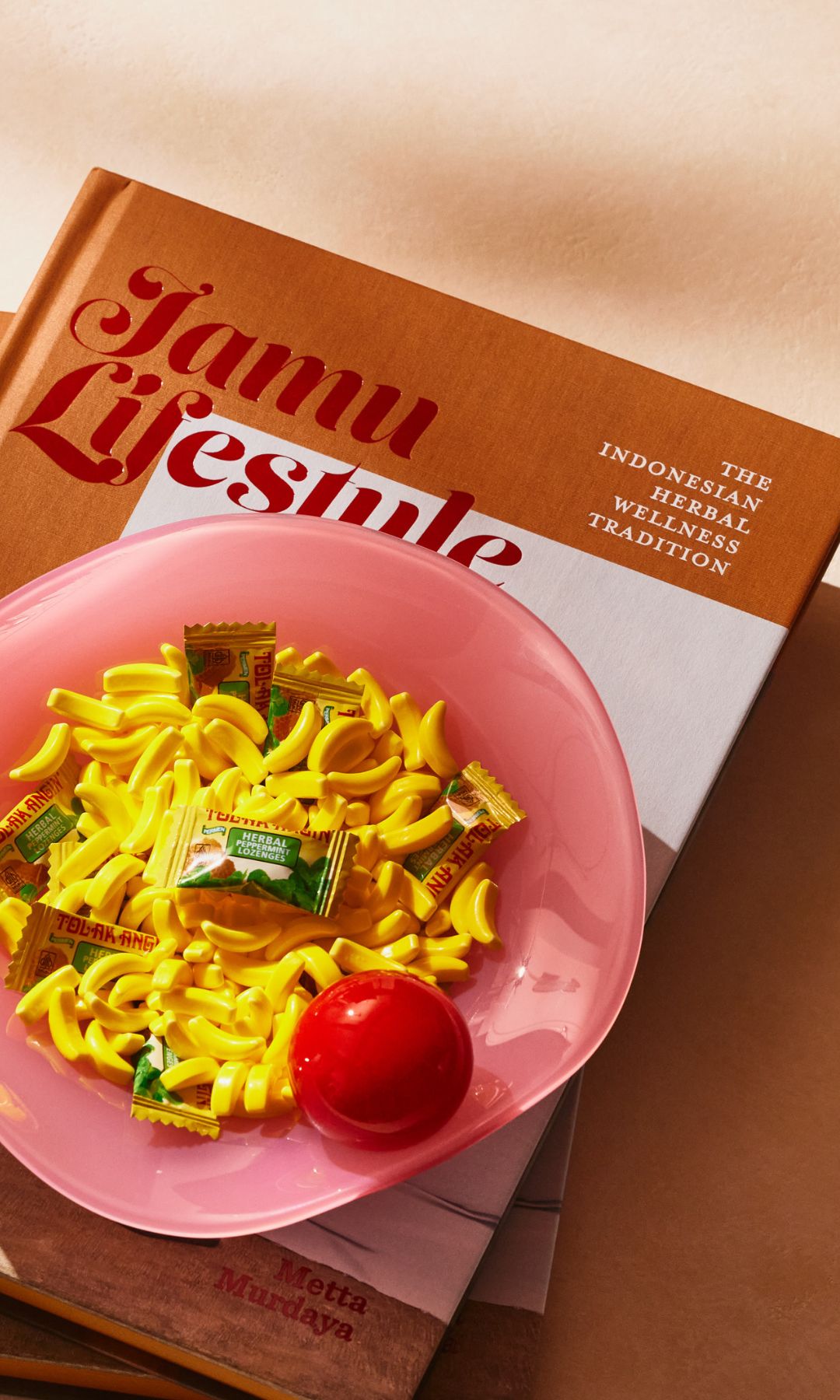Candlenut Body Creme, 7.5 oz
Directions
Can be used daily for maximum benefits.
Warm the desired amount of product in the palm of your hand, and then massage creme gently into the skin until it is fully absorbed.
Apply generously on cleansed skin or any time of day for a boost of moisture.
Recommended Ritual
This Body Creme is the perfect finishing touch following cleansing with JUARA Candlenut Hydrating Shower Gel or Candlenut Bar Soap. You can also layer it with our Candlenut Glow Body Oil or Kartini Body Oil for the ultimate skin pampering protocol.
Ingredients
Candlenut Oil: Moisturizes and softens skin with a non-greasy, velvety feel. Rich in linoleic and linolenic acid, candlenut oil moisturizes and helps mend rough, chapped skin.
Rice Bran Oil: Maintains elasticity. Rich in natural Vitamin E and essential fatty acids, rice bran oil intensely hydrate and help maintain youthful elasticity.
Avocado Oil: Nourishes and calms. Traditionally used in Indonesia, Avocado Oil is richly hydrating and highly soothing.
Illipe Butter: Moisturizes and protects. Provides a cushiony barrier to protect skin from dehydration, hard water, and harsh elements.
All Ingredients: Water/Eau, Cetearyl Ethylhexanoate, Emulsifying Wax NF, Cyclomethicone, Illipe (Shorea stenoptera) Seed Butter, Candlenut (Aleurites moluccana) Oil, Avocado (Persea gratissima) Oil, Stearyl Alcohol, Rice Bran (Oryza sativa) Oil, Dimethicone, Carrot (Daucus Carota sativa) Seed Oil, Potassium Hydroxide, Carbomer, Fragrance/Parfum, Phenoxyethanol, Caprylyl Glycol, Glycerin, Glyceryl Caprylate, Phenypropanol.





